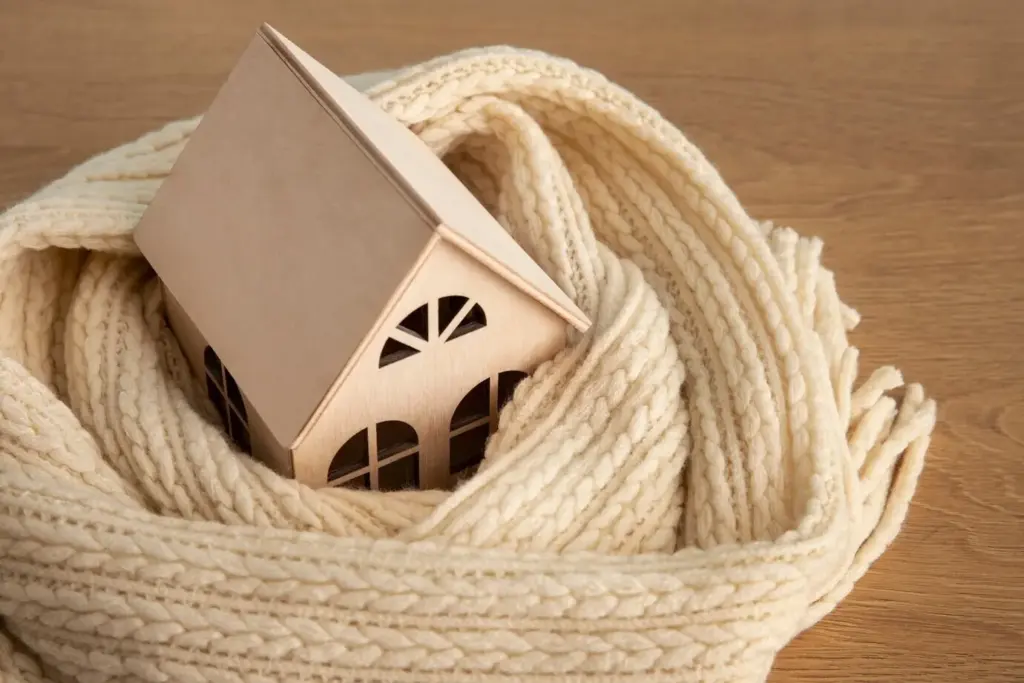

Breathe Easy: Managing Moisture with Natural Insulation
Why Moisture Moves: The Science Behind Dry, Durable Walls
Diffusion, Air Leaks, and Bulk Water
Dew Point and Seasonal Vapor Drive
Permeability, Sorption, and Buffering
Material Profiles: Wool, Cellulose, Hemp, Wood Fiber, and Cork
Sheep’s Wool: Natural Moisture Buffer
Cellulose: Treated Fibers with Capillary Heart
Assembly Strategies: Vapor-Open Yet Air-Tight
Cold Climates: Inside Control, Outside Drying
Mixed Climates: Swing Seasons and Adaptability
Hot-Humid Climates: Vapor Inward, Cooling Loads
Field Lessons: Stories from Site and Retrofit
A 1920s Bungalow with Dense-Pack Cellulose
A Timber Cottage Wrapped in Wood Fiber
A Basement Workshop and the Crawlspace Conundrum
Verification: Measuring Moisture for Peace of Mind
01
Blower Doors, Infrared, and Tracer Smoke
Use blower door tests early, then again after insulation and finishes. Infrared imaging reveals thermal bridging and leaks, while tracer smoke exposes hidden paths. Fixing these issues immediately reduces wetting risk and improves comfort, ensuring your assemblies breathe safely without sacrificing efficiency or acoustic calm within living spaces.
02
Moisture Meters and Wireless Sensors
Pin-type and pinless meters, along with embedded wireless sensors, track wood moisture content, cavity humidity, and surface temperatures. Data trends uncover seasonal rhythms and reveal anomalies after storms. Calibrate devices, document readings, and compare against material-safe ranges so you intervene early, before minor issues cascade into repairs.
03
Commissioning, Maintenance, and User Habits
Establish user guides covering ventilation, window operation, and seasonal setpoints. Encourage occupants to report musty smells, cold surfaces, or unusual condensation promptly. Small habits—like running kitchen hoods and maintaining filters—protect assemblies. Schedule periodic checks of exterior sealants, flashings, and downspouts to keep water routes clear and predictable.
All Rights Reserved.